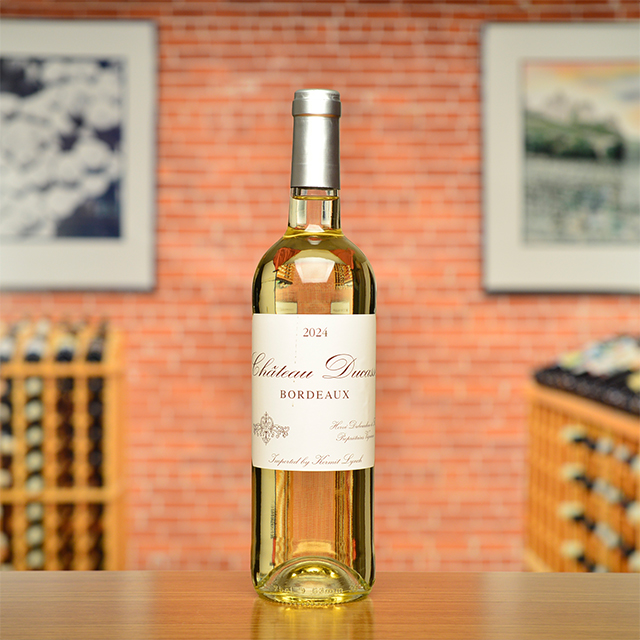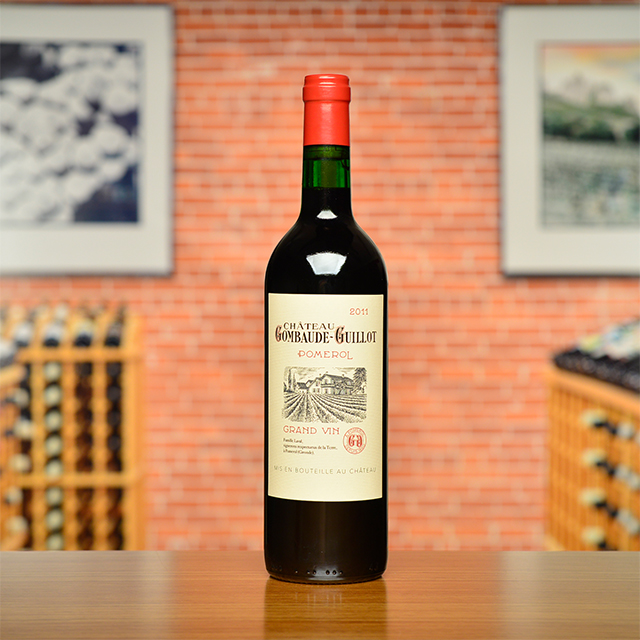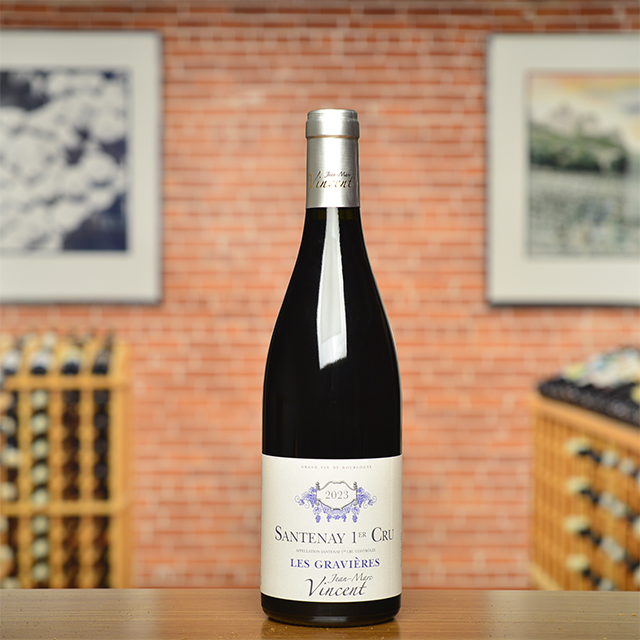Notify me
2015 Lalande-de-Pomerol
Château Belles-Graves
A “satellite appellation” to the noble Pomerol AOC, Lalande de Pomerol produces reds that, at their best, mimic Pomerol’s robust, earthy flavors at a fraction of the price. While there is more variation in terroir within the two appellations than between them, Lalande tends to have more gravel and sand compared to Pomerol’s heavier clay soils. Château Belles-Graves is named after the abundant gravel in its vineyards, which is notorious for holding the sun’s heat into the night. This helps the grapes (Merlot with a bit of Cabernet Franc) ripen early, giving generous wines dominated by ripe black fruit with very supple, approachable tannins. This does not preclude them from aging: this Lalande can easily be held for ten or twenty years, developing a deep complexity and aromas of black truffle and leather. Fine Bordeaux need not cost a fortune, nor does it need decades of bottle age to be delicious.
—Anthony Lynch
| Wine Type: | red |
| Vintage: | 2015 |
| Bottle Size: | 750mL |
| Blend: | 88% Merlot, 12% Cabernet Franc |
| Appellation: | Lalande-de-Pomerol |
| Country: | France |
| Region: | Bordeaux |
| Producer: | Château Belles-Graves |
| Winemaker: | Xavier Piton |
| Vineyard: | 40 years avg, 16.9 |
| Soil: | Clay, Gravel |
| Aging: | Wine is raised in French oak barrels, 25% of which is new, for twelve to fifteen months |
| Farming: | Lutte Raisonnée |
| Alcohol: | 14.5% |
More from this Producer or Region

2017 Pomerol
France | Bordeaux
The incredible depth, power, and fine but grippingly youthful tannins are text-book Pomerol

2022 Bordeaux Sec “Les Clous”
France | Bordeaux
A nervy, age-worthy wine; it smells remarkably like top-notch Chablis, but on the palate hints at cool and tropical fruits like melon, lychee, and lime.

2019 Lalande-de-Pomerol
France | Bordeaux
Made from mostly Merlot and a splash of Cabernet Franc, this velvety rouge is approachable now despite having years of beautiful life ahead.

2024 Bordeaux Blanc
France | Bordeaux
This refreshing, food-friendly white walks the line between racy and voluptuous. Excellent with sushi, or anything else from the sea.

2019 Fronsac
France | Bordeaux
There is nothing overdone in this chiseled, elegant cuvée made from organically grown and pampered Merlot.

2011 Pomerol
France | Bordeaux
Rich, velvety texture and vivid fruit, suggesting blackberry and plum with an almost wild intensity.

2012 Pomerol
France | Bordeaux
** New Wine Added ** Extremely limited quantities, maximum three bottles per purchase.

2020 Bordeaux Sec “Les Clous”
France | Bordeaux
It has the nerve and precision of the Définition cuvée along with additional weight and structure.

2020 Atlantique Blanc “Déclinaison”
France | Bordeaux
Artisanal white Bordeaux like you have never tasted before!

2016 Canon-Fronsac
France | Bordeaux
Divine with lemon and rosemary roasted lamb.
About The Producer
Château Belles-Graves
About The Region
Bordeaux

Often considered the wine capital of the world, Bordeaux and its wines have captured the minds, hearts, and wallets of wine drinkers for centuries. For many, the wines provide an inalienable benchmark against which all other wines are measured.
Bordeaux is divided into three winegrowing regions with the city that gives the region its name in the near geographical center. The “right bank,” or the area located east of the Dordogne River, produces wines that are predominantly Merlot with small amounts of Cabernet Franc and Cabernet Sauvignon. The “left bank” is located to the west of the Garonne River and produces wines dominated by Cabernet Sauvignon, with Cabernet Franc, Merlot, Malbec and Petit Verdot.
The third region, Entre-Deux-Mers, lies between both rivers and produces white wines from Sauvignon Blanc, Sémillon, and Muscadelle. Though technically in the left bank, it is worth noting the appellation of Sauternes, which produces arguably the world’s most famous sweet wines from Sauvignon Blanc, Sémillon, and Muscadelle as well.
Though many top Bordeaux wines are sold en primeur (in advance of their bottling) and often through a middleman known as a negoçiant, Kermit has always preferred to purchase directly from the winemaker. For more than three decades he has sought out small producers, who make classic Bordeaux wines and are willing to play outside the negoçiant system. This ethic has led to longstanding relationships, excellent prices, and perhaps most important—wines of great value and longevity.
More from Bordeaux or France
2021 Bordeaux Sec “Les Clous”
Domaine de l'Alliance France | Bordeaux
2024 Bordeaux Blanc
Château Ducasse France | Bordeaux
2022 Sauternes
Domaine de l’Alliance France | Bordeaux
2020 Bordeaux Sec “Les Clous”
Domaine de l’Alliance France | Bordeaux
2020 Fronsac “Les Piverts”
Chateau Moulin France | Bordeaux
2019 Lalande-de-Pomerol
Château Belles-Graves France | Bordeaux
2020 Canon Fronsac
Château Moulin France | Bordeaux
2024 Graves Blanc
Château Graville-Lacoste France | Bordeaux
2023 Sauternes “Esquisse”
Domaine de l'Alliance France | Bordeaux
2012 Pomerol
Château Gombaude-Guillot France | Bordeaux
2011 Pomerol
Château Gombaude-Guillot France | Bordeaux
2006 Pomerol
Château Gombaude-Guillot France | Bordeaux
2021 Bordeaux Sec “Les Clous”
Domaine de l'Alliance France | Bordeaux
2024 Bordeaux Blanc
Château Ducasse France | Bordeaux
2022 Sauternes
Domaine de l’Alliance France | Bordeaux
2020 Bordeaux Sec “Les Clous”
Domaine de l’Alliance France | Bordeaux
2020 Fronsac “Les Piverts”
Chateau Moulin France | Bordeaux
2019 Lalande-de-Pomerol
Château Belles-Graves France | Bordeaux
2020 Canon Fronsac
Château Moulin France | Bordeaux
2024 Graves Blanc
Château Graville-Lacoste France | Bordeaux
2023 Sauternes “Esquisse”
Domaine de l'Alliance France | Bordeaux
2012 Pomerol
Château Gombaude-Guillot France | Bordeaux
2011 Pomerol
Château Gombaude-Guillot France | Bordeaux
2006 Pomerol
Château Gombaude-Guillot France | Bordeaux
Kermit once said...

Kermit once said...
Let the brett nerds retire into protective bubbles, and whenever they thirst for wine it can be passed in to them through a sterile filter. Those of us on the outside can continue to enjoy complex, natural, living wines.
Inspiring Thirst, page 236



















